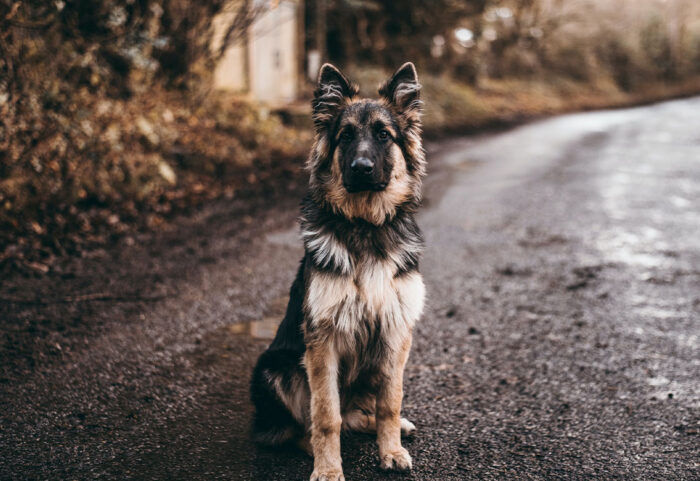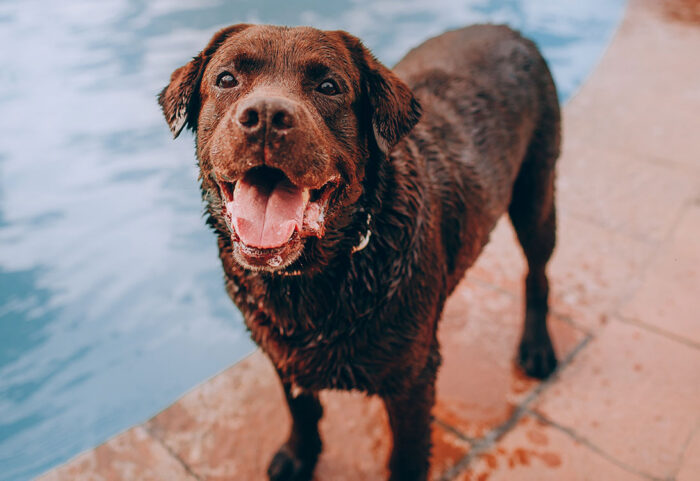First 2 Hours: My Cat Ate Something Poisonous
Toxic substances are everywhere. A wide variety of foods, plants, and chemicals are poisonous to cats, many of which are commonly found around the house. If your cat leads an outdoor lifestyle, she’s even more likely to ingest something she shouldn’t. A cat who consumes a known toxin should be treated quickly and decisively to prevent illness and in some cases, even death. What are some of the poisonous substances vets say cats consume? Topical insecticides (flea and tick medications), household cleaners, human medication (particularly antidepressants), antifreeze, and poisonous plants such as lilies are a few to be aware of. There are, of course, dozens of common compounds that can make your cat sick; the amount she consumes, how she consumes it, and how quickly you react can make a huge difference when it comes to saving her life. Here’s what to do during the first 2 hours after your cat ate something poisonous.
0-30 Minutes In: Take Stock of the Situation
Your first and primary responsibility is to keep your cat’s medical condition stable. Certain poisons can have immediate toxic effects such as profuse vomiting, seizures, muscle tremors, and even coma. If your cat’s state of health is dire, transport her to the closest emergency vet clinic as quickly as possible. If your cat isn’t experiencing life-threatening symptoms in the moment, take two minutes to try and get your bearings. Did you know for sure what your cat ate and if so, how much? Do you have a pretty good guesstimate of exactly when she consumed it? These are helpful questions for your vet to have answers to so she knows how best to treat your cat. If you don’t know for sure what she ate but your cat seems to be experiencing signs of poisoning (vomiting, nausea, drowsiness, drooling, quickened breathing, etc.), work to retrace her steps. Did she just come in from the garage and if so, does anything look amiss? Maybe she was in your bathroom…do any of the cleaning supplies or prescription bottles look out of place? Once you’ve determined the toxin’s source (or even if you can’t do so), call the Poison Hotline and then your vet to talk about next steps.
30 Minutes – 1 Hour In: Reach Out to the Professionals
There are several “poison control hotlines” for animals, most of which charge nominal fee that is well worth the expense. The ASPCA Animal Poison Control Center (APCC) can be reached every hour of every day at (888) 426-4435 and has years of experience helping pet owners triage potentially serious toxicity issues from home. A poison expert will help you determine exactly which symptoms to check for and how quickly you should mobilize to the vet’s office. For the most part, you should always head to an emergency vet if you think your cat has ingested something she shouldn’t have.  In many cases, the experts at the poison control help line (and/or your vet’s office!) can talk you through your next steps. DO NOT INDUCE VOMITING IN YOUR CAT unless you’re told to do so by a professional! In some situations, induced vomiting can make things worse:
In many cases, the experts at the poison control help line (and/or your vet’s office!) can talk you through your next steps. DO NOT INDUCE VOMITING IN YOUR CAT unless you’re told to do so by a professional! In some situations, induced vomiting can make things worse:
- When a cat has swallowed a caustic substance (can burn the throat)
- When a cat is lethargic or unconscious (can lead to aspiration)
- When it has been more than 2 hours since a cat has ingested a toxin (won’t help)
No matter what you’re told by the poison control hotline about treating your cat, always follow up with your regular vet. You can never be too cautious when it comes to addressing a potential poisoning.
1 -2 Hours In: Follow the Experts’ Advice
Almost unilaterally, poison control helplines and vet’s offices will advise you to take your cat to an emergency vet’s office for observation and treatment. Symptoms can sometimes be subtle or delayed, and it’s smart for your cat to be near professional intervention in case things take a turn for the worse. The faster you’re able to identify the toxin and get your cat to the vet, the better her chances of making a full recovery. There are myriad options available for treating poison ingestion including induced vomiting, fluid administration, activated charcoal, and countermeasure application. Some substances such as antifreeze, bleach, and xylitol will always require professional treatment to counteract. There is, of course, a “gray area” of substances that are technically toxic to your cat but not necessarily super harmful in very low doses, like a small nibble of garlic or a single tulip petal. It’s critical you talk to a professional about when you can take the watch-and-wait approach to a potential poisoning and when you absolutely need to bring a cat in.
When in doubt, always head directly to your closest emergency vet. You should have their number on speed dial and call them on your way to let them know you’re coming! Do your best to keep toxic substances out of reach of your cat, particularly if she’s curious. Human foods, human medications, and dog-related supplies are the biggest culprits of accidental poisonings in cats.


